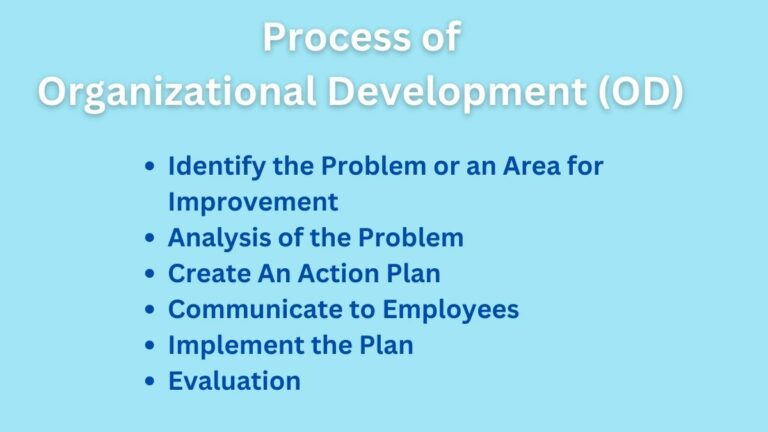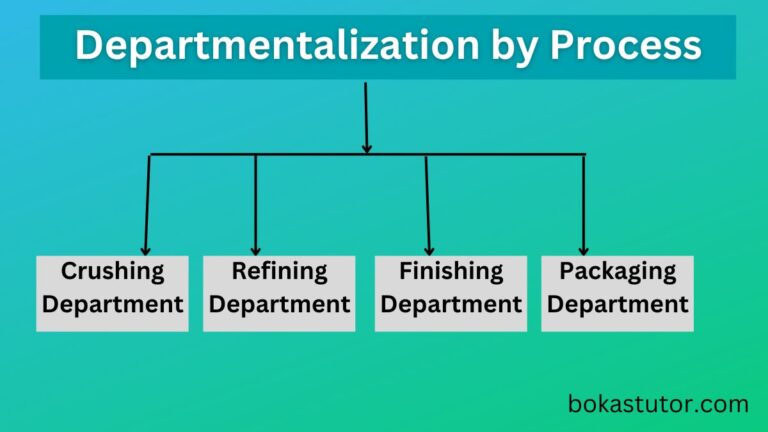What is a Group? Definition, Features, Types, Stages, and Reasons For Joining
What is a Group?
A group is a collection of two or more people who come together and work together to achieve common objectives. These groups consist of individuals who interact and depend on one another and share a common attitude toward at least one goal.
There can be several purposes for formulating groups as such there are different types of groups in the organization. In an organizational setting, these groups are called work groups.
These work groups are the basic components of every organization because they can effectively mobilize to increase the productivity of the organization. To regulate member conduct, workgroups establish and adhere to roles, rules, and norms. When group goals and corporate goals are in sync, groups can help an organization be more productive.
Groups create an environment for interactive communication by encouraging open conversation among the participants. Workgroups in general are formal groups that are normally set by the organization. And, informal groups are the groups formulated by the employees of their interest to satisfy their common goals.
Characteristics of Group
The following are the main features/characteristics every group has in common.
Related: What is a Team?
- Collection of people (two or more).
- Interaction and interdependence with each other.
- Common goal.
- Follow the same group norms.
- Specific leadership style.
- Individual accountability.
- Mutual awareness.
- Effective use of communication system.
- Dynamic in changing situations and environments.
Types of Groups
There can be different workgroups in organizations. Generally, they are classified into formal and informal groups. They are mentioned below;
Formal Groups
People who belong to formal groups do so because of the formal organizational framework. Simply because they are created within the organizational structure and scope, they are referred to as formal. Employees from the same or other departments are grouped together to form these groupings.
Especially, a formal group is formed for organizational purposes. This group further can be divided into command and task groups.
- Command Groups – Groups of subordinates who need to report to the same supervisor in the scalar chain are called command groups. These groups are based on the basic reporting system in the organization.
- Task Groups – Task groups are composed of employees who work together to perform a specified assigned task. Such groups are formed with the specific objective of accomplishing a specific task. Task groups are temporary in nature.
Informal Groups
Informal groups are non-programmed or simply not for the specific purpose of the organization. In the workplace, these groups typically form naturally due to shared interests, age, ethnicity, gender, and other employee traits.
Thus, informal groups are established with the interest or friendship of employees. These groups are not highly structured in procedure and are not formally recognized as formal groups. As the goals of informal groups are not specific, members may be increased or decreased frequently.
Related: Difference Between Formal and Informal Group
Informal groups in the organization, generally, can also be divided into interest and friendship groups.
- Interest Groups – Interest groups consist of people who share a common interest. Membership in such a group is optional. Employees have common concerns regarding work schedules, sports, library, leisure time, etc. are examples of interest groups.
- Friendship Groups – Friendship groups are composed of employees who enjoy each other in the group. Friendship groups may be extended outside the organization too.
Stages of Group Formation
A group formation takes place with a series of stages, which is identified by Bruce Tuckman, an educational psychologist. These stages are mentioned below:
Forming Stage
As the name suggests, forming, in this stage people come together to join a group. They introduce each other. They may have a number of queries, confusions, and uncertainties regarding the group, its members, and its leader. The forming stage ends, when people start to think of themselves as members of the groups.
Storming Stage
Storming, as the name suggests, conflicts, and confrontation are high in this stage. As people have accepted the existence of a group, here, conflicts arise on topics like who will be the leader, who will be the follower, who will hold the power, who should be accountable, etc. At the end of the storming stage, there is a clear hierarchy of relationships among group members.
Norming Stage
In this norming stage, people come to think of “we”. Here, they maintain coordination and harmony in groups and create a separate identity. They accept common expectations and group norms and values. In addition, in this stage, the actual groups are formed and they are ready to perform.
Performing Stage
As the name suggests, group members accomplish their duties in this stage as mature, organized, and effective organizational units. Through a collaborative effort from all members, the group’s objectives will be met at this stage.
Adjourning Stage
The group members evaluate the results of the effort and performance throughout this last step. If the group’s performance and norms are satisfactory to the members, they are willing to stay on. Those participants who are dissatisfied leave the groups. Adjourning is the last stage in which groups will be seized.
Read Also: Leadership Styles
Why Do People Join Groups?
It is obvious that a group of people will definitely do more than an individual person. The reason for joining groups can be different for each individual. The most common reasons are mentioned below:
- Common Interest – As we have discussed, the type of interest groups. People usually join groups because of their common interests with other people.
- Security – Probably the most common reason people join groups is security reasons because groups reduce the insecurity of standing alone.
- Status – Being a group member also provides people status in the organization or in normal life.
- Self-Acknowledgment – An individual person might not know all his potential, but when he interacts regularly with people it increases the likelihood that he would understand himself better.
- Affiliation – Groups are able to provide social requirements. People like the consistent interaction that comes with being in a group. Many people primarily satisfy their requirements for affiliation through interactions at work.
- Power – By joining groups, people also become able to enjoy power. Because a group represents the power that cannot be accomplished by an individual person, groups make it possible.
- Goal Achievement – When people understand their goal achievement requires the contribution of more than two people they show a willingness to join the groups.
Hence… In conclusion, we can say that people form groups to fulfill their common objectives. And, they interact regularly and work together to accomplish those common objectives.
Read Next: Teams Vs. Groups
Sajan Kushmi is a content writer with more than 4 years of experience. He holds BIM Degree. He write on the topics related to Management, Marketing, and Entrepreneurship.






